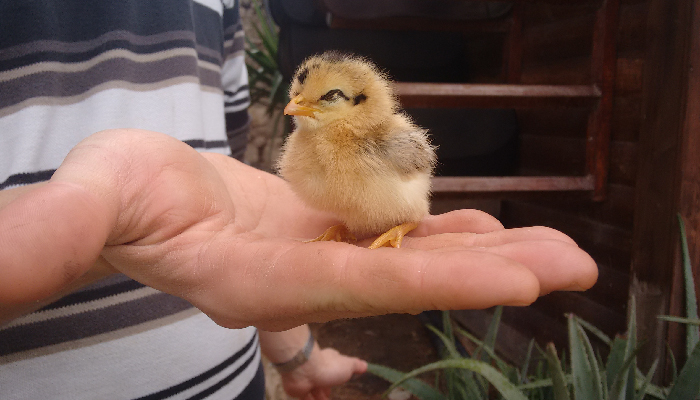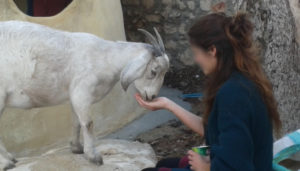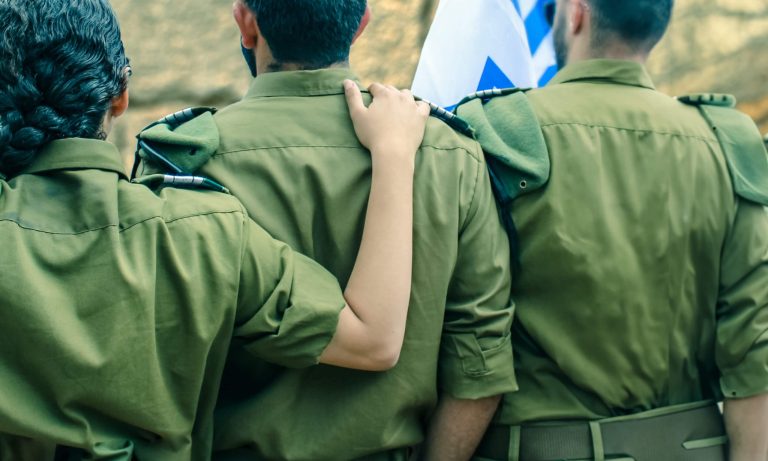A connection with animals provides a unique and valuable tool for drug/alcohol addicts in recovery.
When addicts are active partners in caring for the animals, taking responsibility, and observing natural breeding and developmental processes, they connect to their own inner healing strengths. Caring for the animals, which includes feeding, cleaning, medical treatment, and training, grants many opportunities to experience success and capability and helps restoring self-image. The daily responsibility for creatures that are entirely dependent on the addict resembles the commitment of parents to their children, which allows improved parenting skills.
Observing the natural behaviors of various animals, such as power struggles, aggression, sexuality, raising or abandoning babies, injuries, etc., can put addicts in touch with painful emotions and traumatic memories. This encounter “touches the emotional wound,” provides the ability to express difficult experiences verbally, and enables emotional processing. The presence of animals while sharing provides support and reassurance, so that, in effect, the animals become a part of the painful and difficult journey of a renewed connection to the world of emotions, and the possibility of a healthy life.
For more about animal assisted therapy, see this video!
The connection to injured animals or small pups allows the addict to connect to the helpless and injured “inner child” within (experiences of abuse/abandonment/neglect/injuries). Thus a pathway is paved to healing deep parts of the mind that many times have been repressed and denied; parts that lead to deep mental pain, vulnerability, rage and resentment, which have until now been untreated.
For example, one day we were caring for a weak guinea pig that hadn’t received proper food for a few days. He was dehydrated and barely managed to raise his head to eat and drink. The girls caring for him tried their best to help, and one of them especially related to the guinea pig. “The way he [the guinea pig] looked as he crawled on the floor and the talk about his deterioration from lack of food took me back to painful memories… Toward the end of my time using, I wasted all my money on drugs and found myself in a similar situation, crawling on the floor with no food…”
The animal-assisted therapy program at Retorno includes weekly therapeutic groups, both in the adult and adolescent communities. At every meeting, the addicts are introduced to new animals to hold, pet, or to observe their behavior.
The discussions that arise during the therapeutic groups stem from watching an animal and becoming familiar with its lifestyle and coping mechanisms, or after a certain occurrence connected to it (for example, an abandoned pup that was rescued, a dog that had been abused, a parrot that plucks its own feathers, etc.). These topics are processed through writing, discussion, crafts, and other projective means. The addicts relate to the animals, and through them find an opening to connect to their own pain and memories – and sometimes break the destructive cycle of denial and escape from emotions to addiction.

For example, during a talk about a parrot, one of the girls said it was very depressed because its partner died. Relating to him enables her to understand to what extent she denied the damage her use of alcohol had done to her and her family, and how she had lost her desire to live. “I was in the darkest abyss of despair, I understood that I had to stop drinking only when I saw how I affected my parents – so much suffering and pain…”
Once, a group noticed that one of our female rabbits had chosen a different male rabbit over her usual partner. One of the members saw this and was filled with immense sadness, looking upset and overwhelmed. In his answer to “What does the rabbit feel?” he wrote that it was very difficult for him because his wife had run off with “another rabbit.” So it was thanks to the identification with the male rabbit that he was able to talk about his feelings of insult and betrayal, and for the first time, share his story with the group about his wife who had left him to marry another man. He explained how he was unwilling to address that pain in the past, and therefore began to use in order to escape the emotions. As a result of the discussion revolving around the rabbit, he understood that only if he agreed to talk about that pain in treatment could he stop avoiding it and harming himself.
One of the addicts who dedicated himself to the animals shared, “When I was a boy I worked at a stable. I would take a pitchfork and poke the horses’ back legs… I would wait for it to kick, and when it did, I would calm down. Today it is important for me to prove to myself through the animals that I am not an abusive person. Rather I was just a victim of abuse and I took out my frustration on powerless animals.”
Another member who was responsible for the animal center for a period of time said, “Instead of sitting on the side, afraid that I wouldn’t succeed and not believing in myself, I took it upon myself to try and take responsibility, and I knew that I could succeed if I gave from my heart, even if I make a few mistakes. I learned that I could take a position of responsibility.”
Thus, the connection between people and animals and the free time spent in the animal center assists them in finding moments of relaxation and solace, to connect to the possibility to feel tenderness, love, and giving – sometimes after years of being cut off from relationships, or being involved in destructive ones. As one of our members said, “I arrived at Retorno emotionally very blocked and detached. Through the animals I managed to feel my emotions, became aware of their existence, connected to them, to understand and talk about them. I learned that I contain many complex emotions that can be expressed through the animals to the rest of the group and others…”
Efrat Maayan: Clinical psychologist and Jungian Psychotherapist, animal-assisted therapist.



